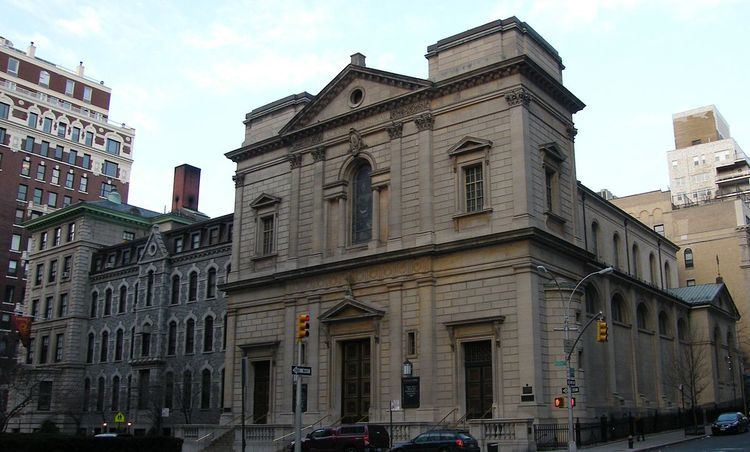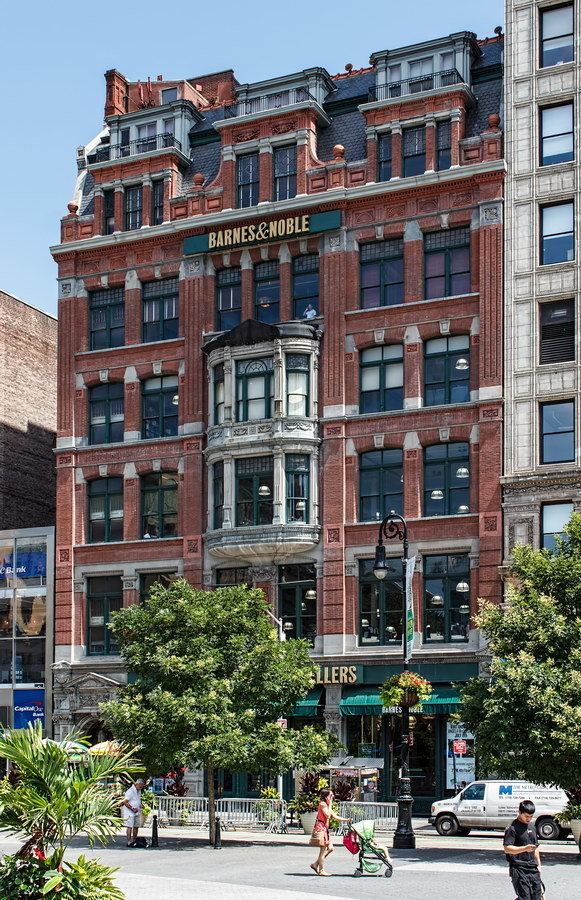Nationality USA, German Structures The Mercer Hotel Role Architect | Name J. Schickel Known for Architect | |
 | ||
Died 1907, New York City, New York, United States | ||
J. William Schickel, FAIA, (1850–1907) known professionally as William Schickel, was a German-American architect and founder of the New York architectural firm of Schickel & Ditmars.
Contents

Life and practice
Schickel was born January 29, 1850 in Wiesbaden, Hochbein, Germany. He was a student of Wilhelm Bozler. In 1870, at the age of twenty, he emigrated to the United States, passing through Castle Garden in New York City, and the next day started his New York architectural career in the offices of the renowned Richard Morris Hunt. He became a member and a Fellow of the American Institute of Architects in 1894. In 1885 he formed William Schickel & Company in association with Isaac E. Ditmars (1850–1934) and Hugo Kafka (1843–1913). He died June 14, 1907 in New York City. Following his death, Ditmars continued the firm.
Works
The John Crimmins House at 40 East 68th Street was the German-born Schickel's first commission in New York.
Schickel was hired in 1879 to design and build a replacement for the original 1867 chapel of the Church of St. Vincent Ferrer (New York City). The church was known as the "Gothic Barn" and was demolished in 1914. Along with this commission came one to build a priory that would serve as the provincial headquarters for the Dominicans in New York. The priory's intricate use of materials and its overall polychromy, characteristics of the High Victorian Gothic style popular in the late 19th century, reflect Schickel's training in Bavaria and the strong influence there of Friedrich von Gärtner. It was the first of many buildings Schickel would design for the New York diocese. The priory still stands.
Among Schickel's most celebrated works were the impressive German-Baroque edifice of St. Ignatius of Loyola (1898), now on the National Register of Historic Places , and the Neo-Gothic St. Louis's Church (1889) in Buffalo, New York, with elements of French and German Gothic design including a pierced spire influenced by Cologne Cathedral. His firm had long-standing ties to leading German-American families and the Roman Catholic Church, principally building churches and ecclesiastical complexes in German-American neighborhoods. Among many other church structures in the United States, Schickel was the architect of the Most Holy Trinity Church, 138 Montrose Ave., Brooklyn, New York. The cornerstone of Most Holy Trinity was placed in 1882 and after three years of construction the church was opened in 1885. Schickel also designed the massive St. Joseph Seminary, Dunwoodie, NY, begun 1893 and taking five years to complete.
Partial List of Solo Works
For work done with William Schickel & Company (1885) and Schickel & Ditmars (1885-1907), see Schickel & Ditmars
